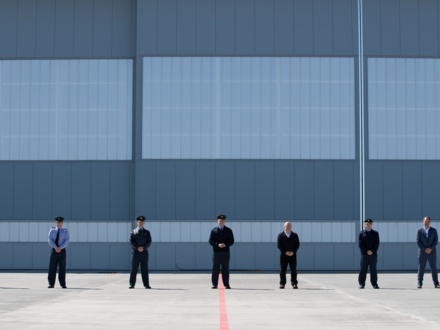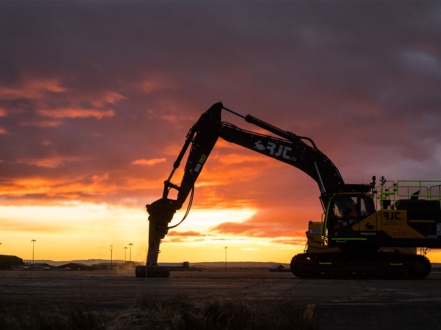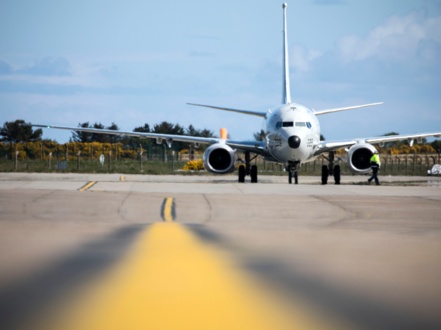Quick Reaction Alert will temporarily move to Leuchars Station in Fife, and essential Typhoon training will temporarily move to Kinloss Barracks in Moray from Monday 10th August 2020.
.jpg)
This is due to critical resurfacing works on the runways at RAF Lossiemouth, which will enable the RAF’s brand-new fleet of submarine hunting aircraft to operate from the Moray base later this year.
.jpg)
The £75 million runway resurfacing works are being undertaken by VolkerFitzpatrick and began late last year. This next phase sees the intersection of the two runways stripped, strengthened, and resurfaced. This cannot occur while Quick Reaction Alert and Typhoon training are based out of RAF Lossiemouth.
.jpg)
The Royal Air Force has Quick Reaction Alert Typhoons on standby every minute of every day ready to respond to any airborne threats to the United Kingdom, and it is critical to the Defence of the Nation that this capability is maintained during these essential works.
.jpg)
To enable the swift return of QRA and Typhoon training to RAF Lossiemouth, construction work will occur in a 24/7 operation from Monday 17th August. This is a complex project involving a specialist workforce, but factors such as the weather will have an impact on how long this enhanced working pattern will run for. As soon as the intersection of our runways has been resurfaced, the airfield at RAF Lossiemouth will re-open.
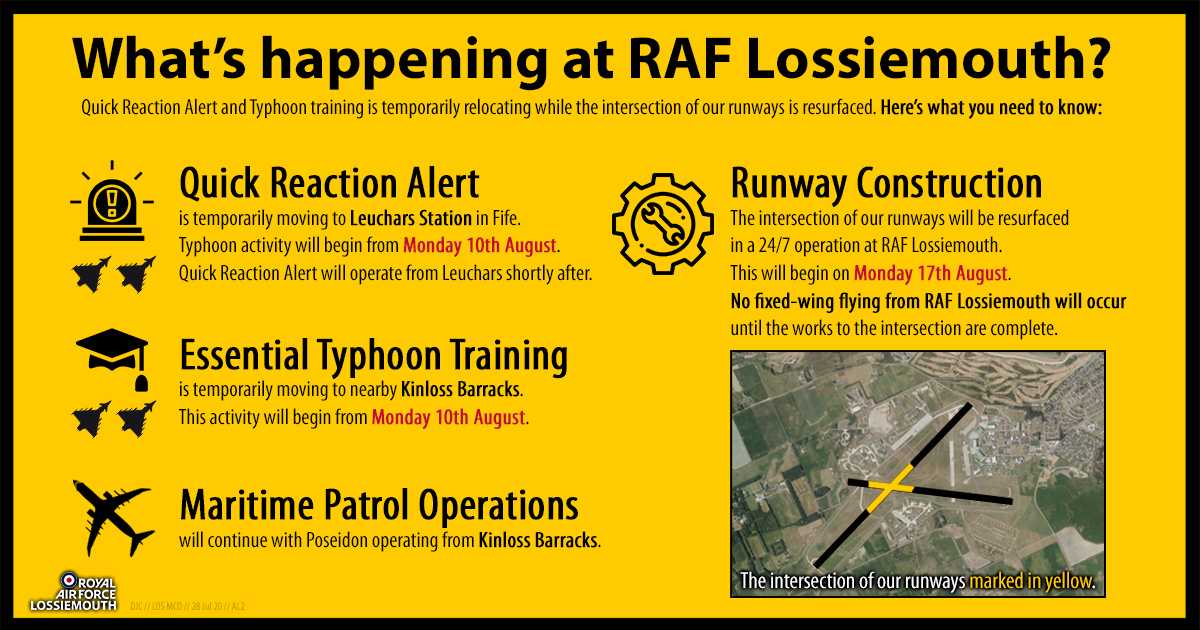
These upgrades will enable the Moray base to handle larger aircraft including the RAF’s brand-new submarine hunter, the Poseidon MRA Mk. 1. Two of these P-8A aircraft have already begun operating over the seas around the United Kingdom, identifying and tracking potentially hostile submarines. They are currently based at Kinloss Barracks but will be moving to their permanent home at RAF Lossiemouth later this year.
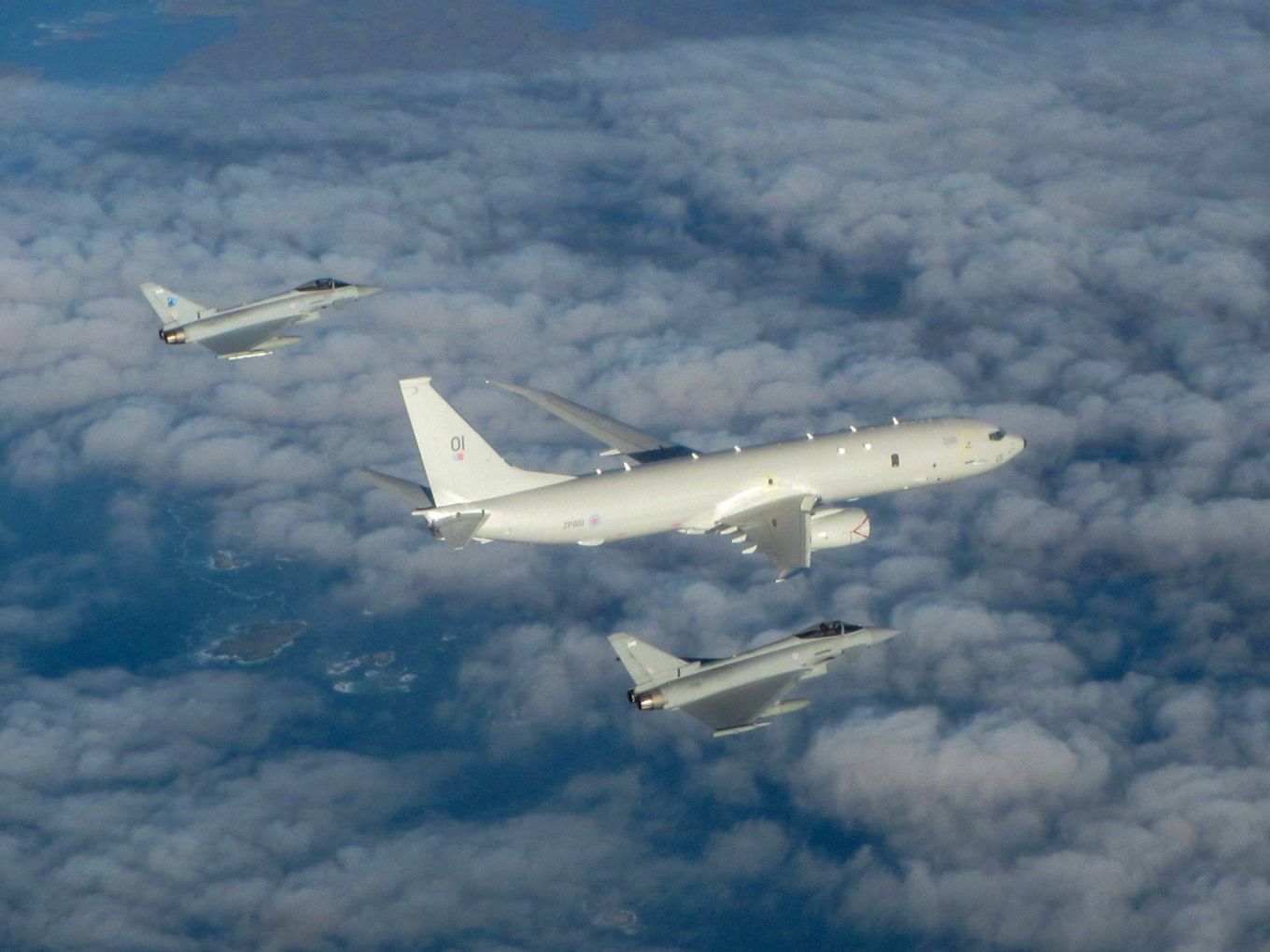
£132 million has been invested in a purpose-built Strategic Facility, which can house three Poseidon aircraft for maintenance. When not on operations, the remainder of the fleet along with any visitors will be parked on the new hardstanding outside. The facility will be home to CXX and 201 Squadrons, Poseidon Line Squadron who will perform the maintenance on the platform, and the Tactical Operations Centre who will provide mission support behind the scenes.
.jpg)
Over 3,000 people form ‘Team Lossie’, which includes regular and reserve personnel, civil servants, and contractors. The Moray base is responsible for defending the United Kingdom’s skies and seas with four front-line Typhoon squadrons, alongside CXX Squadron operating the Poseidon Maritime Patrol Aircraft, and 201 Squadron which will re-form in 2021.
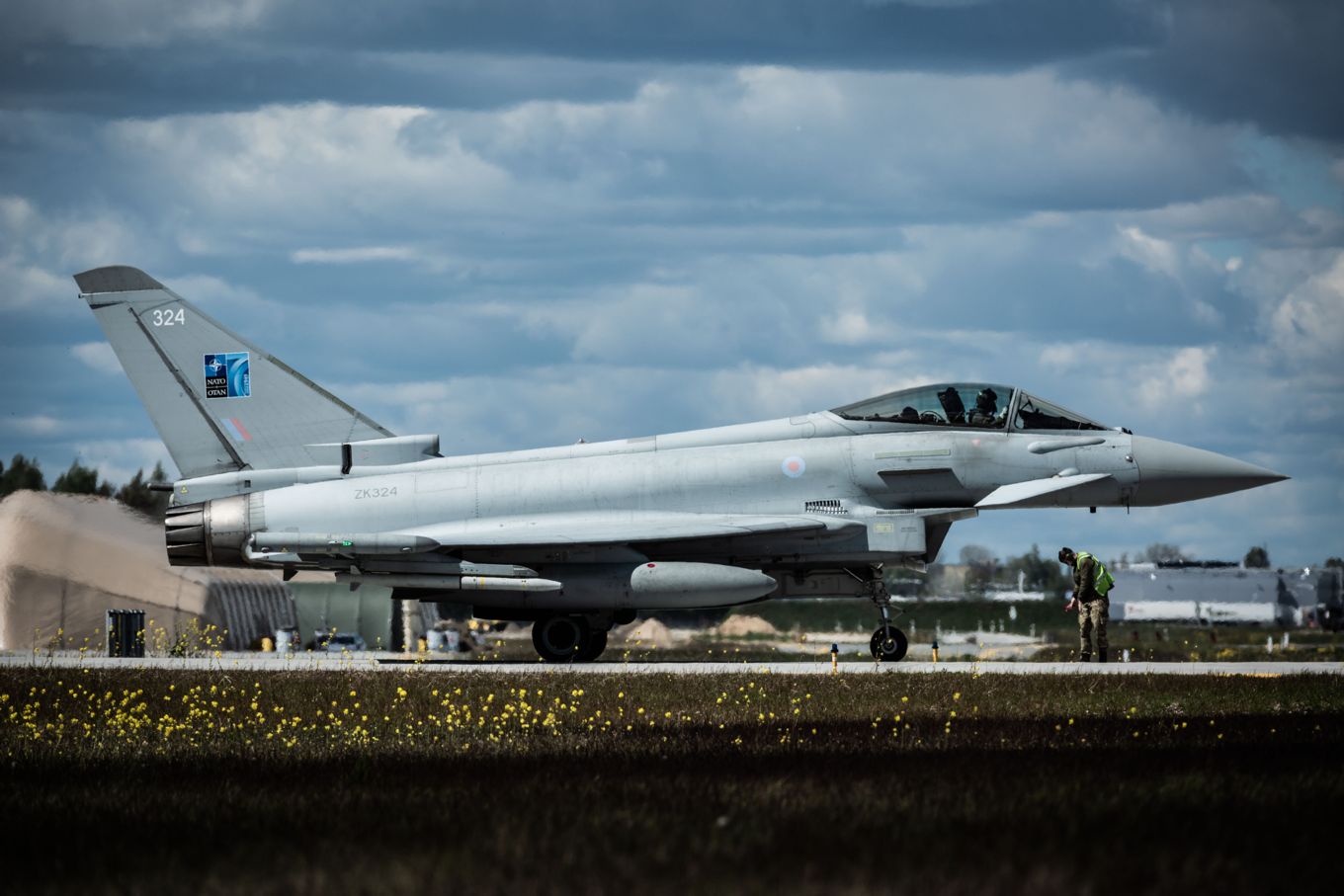
Personnel from RAF Lossiemouth are regularly deployed on operations overseas, such as 6 Squadron who are currently deployed on a NATO Baltic Air Policing mission in Lithuania. Live-armed Typhoons have been scrambled on a number of occasions against Russian aircraft operating near NATO airspace.





